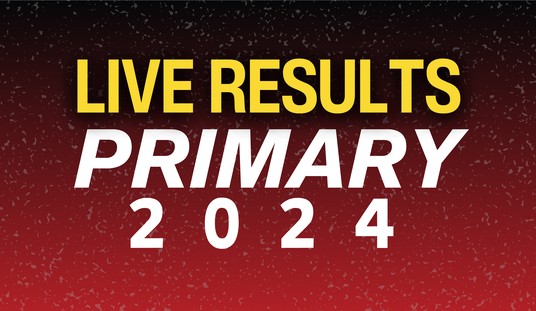With so many high-profile, headline-grabbing issues facing the incoming Congress, lawmakers might be tempted to ignore one of the most persistent problems in Washington: overspending.
How bad is it? In 2014, federal spending reached $3.5 trillion, and the one-year deficit was $486 billion. And these huge numbers represent “a small and temporary improvement in the nation’s fiscal situation,” a recent report by The Heritage Foundation notes.
But as the authors point out, that doesn’t mean we’re on the right track. Far from it. A serious effort to cut spending -- not just trim a bit here and there -- is needed.
“Without further spending reforms, rising debt threatens to impede growth, harm Americans’ economic opportunities, and even threaten the nation’s security,” the authors warn.
If that sounds a bit hyperbolic, consider these facts from the report:
- Washington spent nearly $3.5 trillion in 2014 (that’s $3,500,000,000,000) while collecting nearly $3 trillion in revenues, resulting in a deficit of slightly less than half a trillion. In other words, 14 cents of every dollar that Washington spent in 2014 was borrowed.
- Over the past 20 years, federal spending grew 63 percent faster than inflation.
- Mandatory spending, including Social Security and means-tested entitlements, doubled after adjusting for inflation.
- Discretionary spending grew by 47 percent in real terms.
- Despite publicly held debt surging to three-fourths the size of the economy (as measured by GDP), net interest costs have fallen as interest rates have dropped to historic lows.
Recommended
- Three major budget categories -- major health care programs, Social Security, and interest on the debt -- will account for 85 percent of nominal spending growth over the next decade. Entitlement reform is a must to curb the growth in spending.
Even though mandatory spending on entitlement programs is by far the largest slice of the budgetary pie, that doesn’t mean there aren’t other cuts that can be made. Wasteful spending abounds -- unless you think the National Institutes of Health spending $387,000 of your money to study the effects of Swedish massage on rabbits is essential.
Sure, $387,000 isn’t much by Washington standards. But the budget is filled with such examples, and every little bit helps. It’s easy to shrug off one or two, but getting rid of enough of them can make a real difference.
There’s also far too much redundancy in the budget. According to a report from the Government Accountability Office, duplication of federal programs and services could cost taxpayers $45 billion annually. Elimination of wasteful and duplicative spending is definitely a worthwhile task for the new Congress.
Another huge driver of future overspending? Obamacare. New spending for the absurdly misnamed Affordable Care Act will cost more than $1.8 trillion over the next decade, and why? Because of its massive expansion of Medicaid and subsidies for those who buy health insurance in the new exchanges.
Some may suggest cutting defense spending, but as a percentage of the budget, it’s already been falling for quite some time. In 1965, defense spending was 7.2 percent of GDP. In 2014, it was 3.5 percent of GDP -- less than half of what it was in 1965.
Meanwhile, entitlement spending has been booming. Social Security, Medicare, and Medicaid make up 77 percent, or more than three-fourths, of mandatory program spending in 2014 -- and have no budget limits.
To put the problem of overspending in perspective, consider what is perhaps the most striking chart in the Heritage report. It’s titled “What if a typical family spent money like the federal government?”
It notes that the median family income is $52,000: “If they spent money like the federal government, they’d spend $60,400 a year, which would mean they’d put $8,400 on the credit card each year, despite already being $308,800 in debt.
This is unsustainable. Does the new Congress realize this? More importantly, do they care?

























Join the conversation as a VIP Member